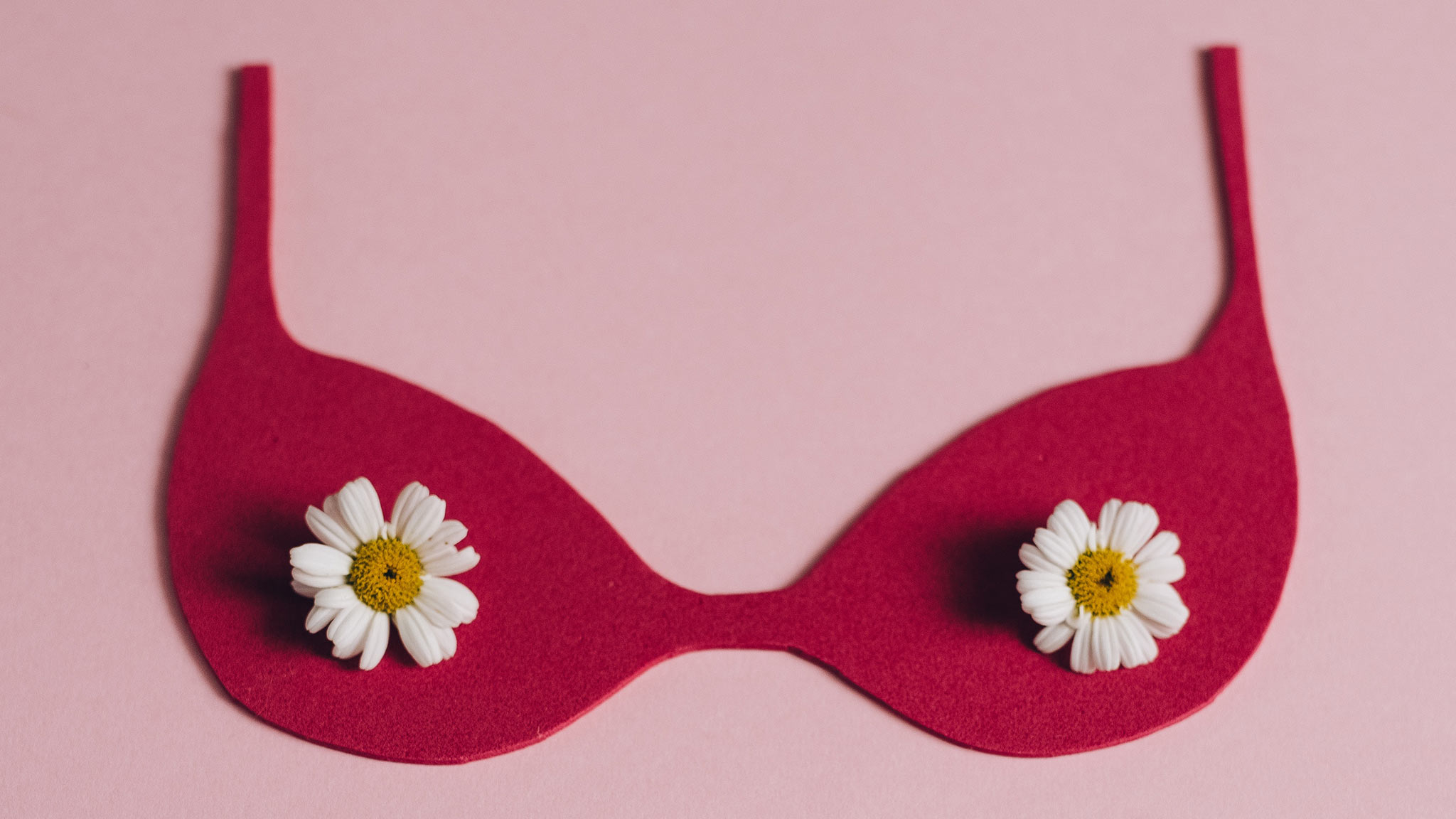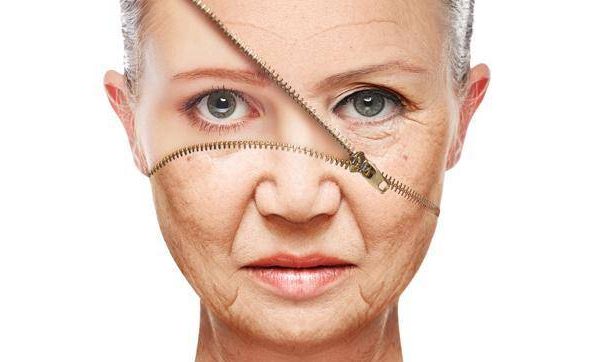I’ll be the first to admit that I have a lot of hair. Be it my Congolese background or simple luck, a hairless existence is one that I need to actively seek. Aside from a smooth appearance, hairless skin can encourage confidence and comfort in one’s own body, which is something that Tzvia Hermann, the founder and co-manager of The Laser Beautique, understands. So much so that she’s delved into how areola laser hair removal can not only rid one of unwanted and embarrassing hair, but also simultaneously boost both breast and body confidence.
A Hairy to Hair-Free Journey
With her Mediterranean background, Tzvia Hermann was one of those little girls in school with a little mustache, which resulted in her being teased by the boys. Coming from a family of beauticians, Hermann recalls how her mother, who was also a beautician, would strap her to a splint and wax her from tip to toe, an experience that she recalls as the ‘bane of my life’.
“I remember I used to basically just do everything – wax, shave, pluck, and thread. I even tried those horrible torture little devices called epilators.”
Hermann adds that as a teenager, she would shave and experience smoothness for a day or two. Then, when she waxed her legs, it would be smooth for maybe a week, then the hair would grow back. Additionally, she’d have to grow the hair to be able to wax it, which to Hermann was complete insanity.

Tzvia Hermann
Realizing that she was wasting both time and money, Hermann turned to laser, but she found it extremely painful, to the point where she used to take painkillers and use ice packs before each treatment,
“They put the laser on your skin, and they’d zap and move and zap and move. And with every zap, it felt like this elastic band was snapping. I used to cry.”
However, this soon changed once Hermann found the very first pain-free permanent laser hair removal machine, and that’s when she founded The Laser Boutique.
“We were the first people in Africa with pain-free laser hair removal, which wasn’t just effective on light skin because the traditional, very painful laser hair removal machines were only safe and effective for light skin.
It wasn’t safe for dark skin as it would burn and scar darker skins. We found the first pain-free, permanent, safe and effective laser hair removal in Africa for all skin types, which really revolutionized the beauty industry back in 2009.”
How does laser work?
Hermann explains that shaving just cuts the hair at the surface of the skin, and that’s why it grows back very quickly, whereas waxing just pulls the hair from the roots. And that’s the same thing that plucking, threading and an epilator does. With depilatory creams, which Hermann finds horrendous, you lather it on your body and then the ingredients melt the hair like off your body at the surface. However, laser treats the hair at the root.
“The laser targets the pigment in the hair, follows it all the way to the your bulb, where little veins are feeding the hair oxygen and nutrients, and it slowly, slowly coagulates or melts shut those little capillaries. So if it doesn’t get any oxygen and nutrients, the hair will eventually starve and just fall out, and then it won’t grow back again.”
This process delivers lasting smoothness, allowing you to enjoy a more confident appearance with less maintenance.
New laser vs. old laser
So, how is this different from past laser treatments, particularly the ones that still give Hermann’s nightmares?
“Our treatment techniques and our technology are completely different. We accumulate the heat instead of applying the heat on a very high frequency, very quickly. I like to use the analogy of taking a hot bath.
If I draw a lukewarm bath, and you get in, you won’t feel any discomfort at all. I can slowly increase the temperature of that bath until it is boiling. You won’t feel any discomfort because you are slowly and gradually increasing it, and your body is getting used to that heat. That is how we can treat you with our lasers.”
Regarding old school technology, Hermann compares it to drawing a boiling hot bath and then getting in straight away, which burns.
“When you come in for a treatment at The Laser Boutique, what you’ll experience is a very low temperature, which allows us to accumulate that heat to even hotter temperatures than your old school devices or your conventional cheaper devices, which means that essentially you would need less treatment.”
“A nice byproduct of laser is if you’ve got dark underarms, it will lighten and even tone it. Because the second you stop shaving, what ends up happening is with laser, you start shaving less because the hair starts growing less and less, and the skin starts to even tone.”
Laser for all hairs
Hermann explains that one note about laser hair removal one should be aware of is how laser hair removal can only work on dark hair because it follows the pigment in the hair all the way down to the follicle,
“If there’s little to no pigment in the hair, as in if the hair is blonde, gray, white, red, then the laser doesn’t work. Eventually, I found an amazing electrolysis device that goes hair by hair.”
Apilus is the only device capable of comfortably removing light blonde, red, gray, or white hair. This technology is especially suited for small and sensitive areas like the areola, using a gentle yet precise approach to permanently eliminate hair. Apilus electrolysis ensures smooth, flawless skin in delicate regions, making it an excellent choice for comprehensive hair removal.
“There’s benefits with Apilus especially for a man’s beard, as a man doesn’t want to get rid of his entire beard, and remember, when we laser, we’re lasering an entire area. You can even permanently shape eyebrows, and give it an arch.”
How many treatments?
Well, more than one because hair grows in cycles.
Hermann describes that the first phase is the anagen phase of growth where the hair is attached to those little capillaries, then it goes into catagen. This is where the hair starts to detach from those little capillaries, before going into the telogen phase, where you’ve got a new little hair that starts to grow. And then you go into exogen, where the hair falls out and the new hair grows.
“All the hair in your body and all over the place is in one of these stages of growth or even in between,” explains Hermann, adding that laser hair removal works best when the hair is in the anagen phase of growth, as it is attached to those little capillaries, “Remember, we’re using the pigment in the hair to follow all the way down to that area, to heat that area up, to melt those little capillaries shut.”
So every time you come for a laser hair removal treatment, all the hair that’s in the anagen stage of growth, if treated correctly with the right device and the right temperatures, will not grow back again. You are closing off those little capillaries. However, those hairs that aren’t in the anagen phase will grow back, which is why you would need to come every four to six weeks initially and as you have treatments, the length between your treatments will increase.
How permanent is permanent?
“Once a hair has been targeted and those capillaries are melted shut, they can’t open up again miraculously. So it can’t come back to life.”
However, as Hermann explains, hair can stay dormant for five, six, seven, eight years: “You can awaken new hair, with hormonal changes or medications that you take, so you may need touch-ups, but the hair that gets treated and doesn’t grow back won’t regrow, but you may need touch-ups.”
Areola hair
Breast health is integral to overall wellness, starting with regular self-examination and professional check-ups. But let’s face it, many women also face the challenge of unwanted hair, particularly around sensitive areas like the areola or nipple. Guess what? That’s totally normal.
According to Hermann, there are different types of hair; terminal and vellus hair. Terminal includes your head hair, eyebrows, and the hair on your pubic area, underarms, and legs. Then there are thousands of light, short vellus hairs covering most of our bodies. Everyone’s born with vellus hair, but as women mature from puberty to adulthood, we often retain more of it. Some women might also have terminal hair in areas like the nipples or face.
Nipple hair varies from woman to woman. Initially, it’s fine and thin, but with age and hormonal changes, it can become thicker and coarser. The thickness of this hair can also depend on ethnicity and skin type—darker skin types tend to have thicker breast hair compared to lighter skin types.
What causes nipple hair?
For many women, fluctuations in estrogen and testosterone levels can lead to increased hair in areas like the areola. Conditions such as polycystic ovary syndrome (PCOS), menopause, or even pregnancy can exacerbate these changes. Additionally, genetic factors may influence hair growth, making some women more prone to unwanted hair in specific areas.
We’ve recently discovered that Cushing syndrome can be an underlying condition causing unwanted hair growth. This condition is due to an excess of the hormone cortisol, which can result from chronic stress, over-exercising, poor nutrition, alcoholism, or even depression. Certain medications, especially long-term use of corticosteroids like prednisone (often prescribed for inflammatory diseases), can also cause Cushing syndrome. If you’re on oral corticosteroids, testosterone, or immunotherapy, and are concerned about your boob hair, don’t hesitate to chat with your doctor.
Unwanted hair on the body, including the areola, can cause discomfort and self consciousness and may even impact intimacy with loved ones.
“Having hair around your areola, it’s not such a big thing. So it’s about breaking down the walls, having the conversations, making women and men feel comfortable with the fact that they can come to us.”
Not all lasers are laser
“Beware of devices that look like laser, that sound like laser, they even feel like laser because it’s not laser, it’s IPL.”
Per Hermann’s words, IPL is a spectrum of light, whereas laser is a filtered light laser that targets the hair and bypasses the skin. IPL isn’t as permanent or effective in terms of hair removal, so it should never be used for hair removal,
“IPL should be used for skin treatment with skin rejuvenation because it targets the skin, it just so happens that some energy may flow down to the hair which will stunt the growth of the hair, but it won’t eliminate it,” describes Hermann. If you are using IPL, it won’t get rid of the hair, it will just stunt the growth. It will make it light, and it’ll make it fine, which defeats the entire purpose because then it’s harder to treat with laser.
The conclusion on laser
In regard to the dos and don’ts, Hermann advises that during your laser journey, give up waxing, plucking, threading, and anything that pulls the hair out of the root. The laser practitioners will need the hair so that the laser can follow the pigment all the way down to the follicle. However, you can shave in between treatments.
So, do you need to remove dark hair from your nipples? Absolutely not if it doesn’t bother you. If you choose to remove it, that’s totally your call, too. Women should feel free to keep or safely remove their fuzz as they see fit.
Watch The Interview
View this post on Instagram



![women [longevity live]](https://longevitylive.com/wp-content/uploads/2020/01/photo-of-women-walking-down-the-street-1116984-100x100.jpg)










